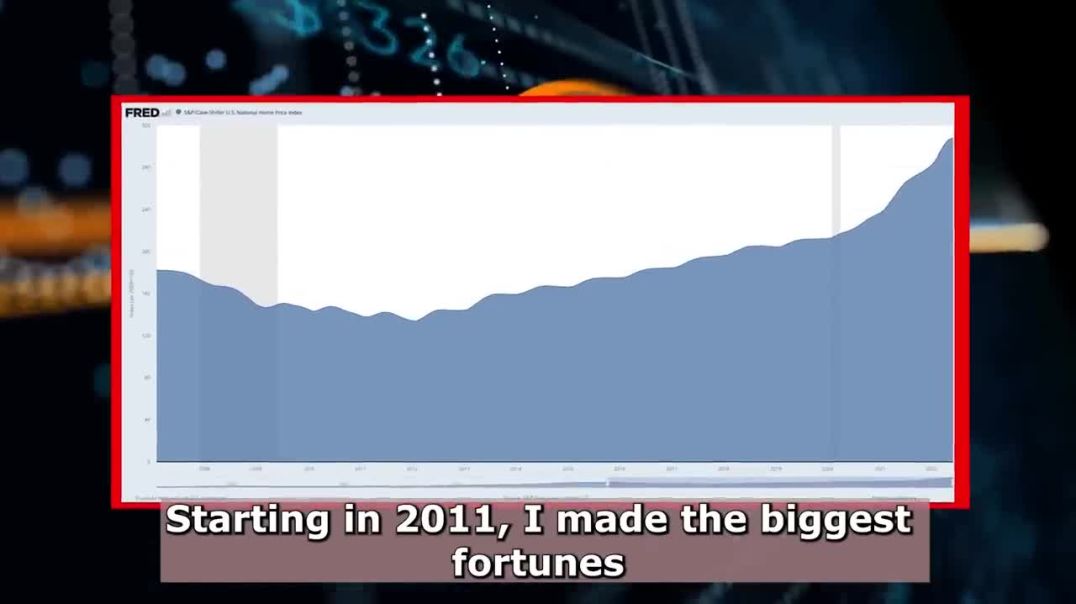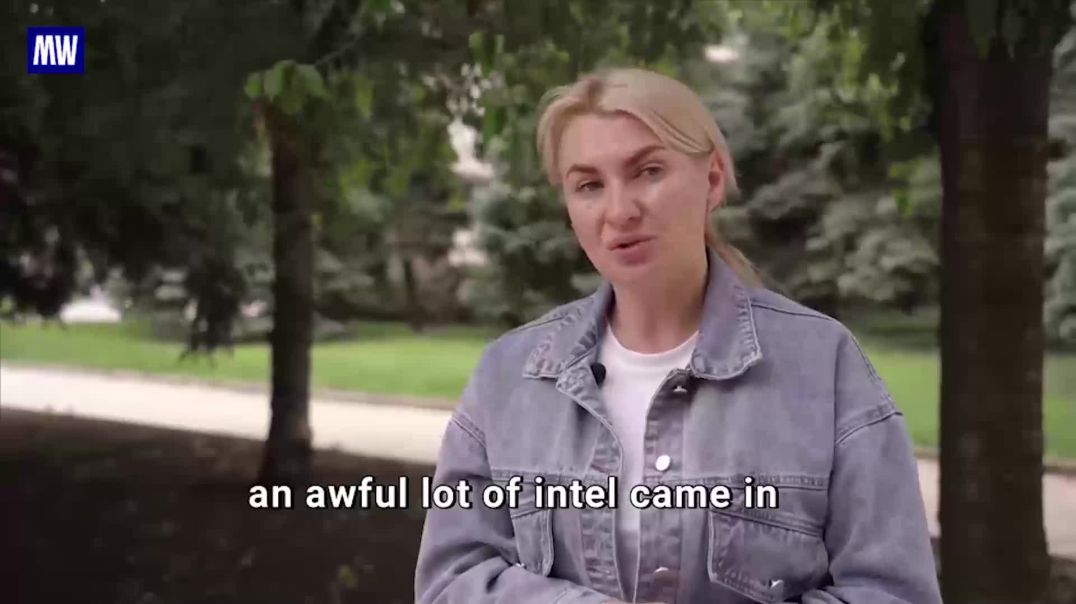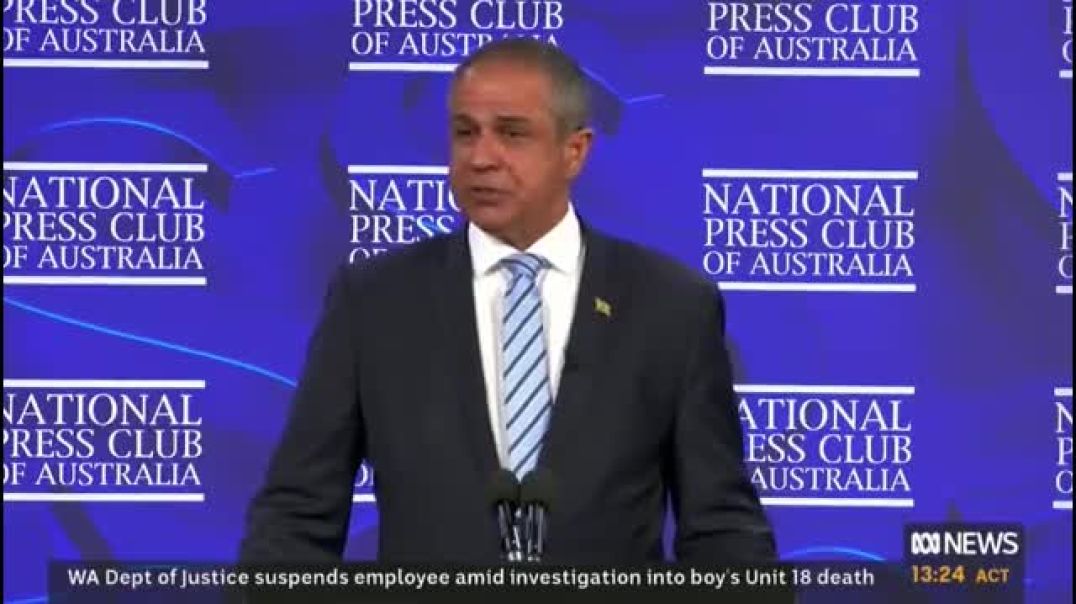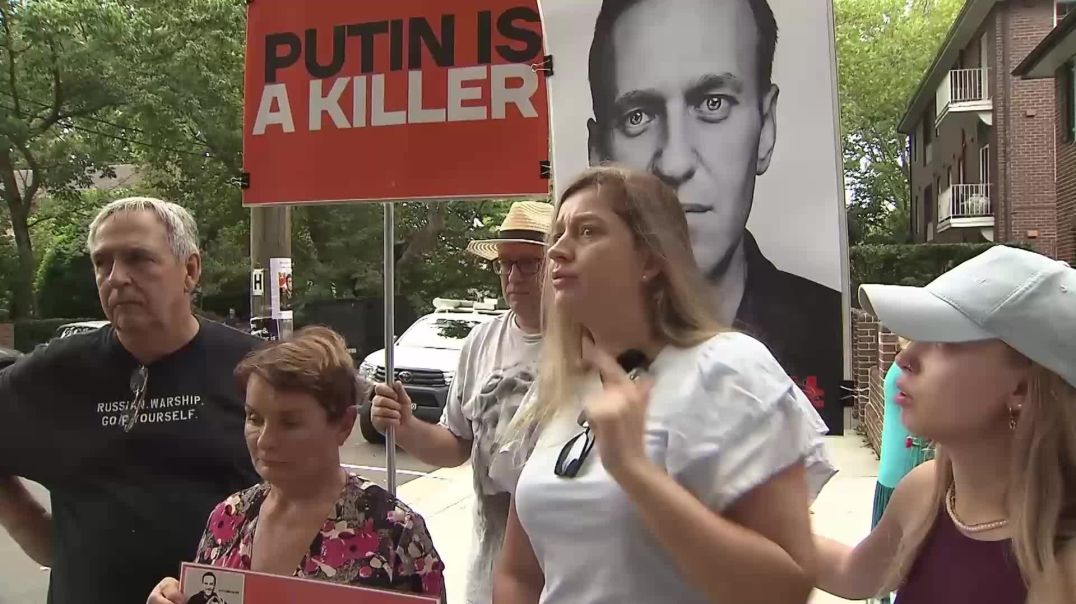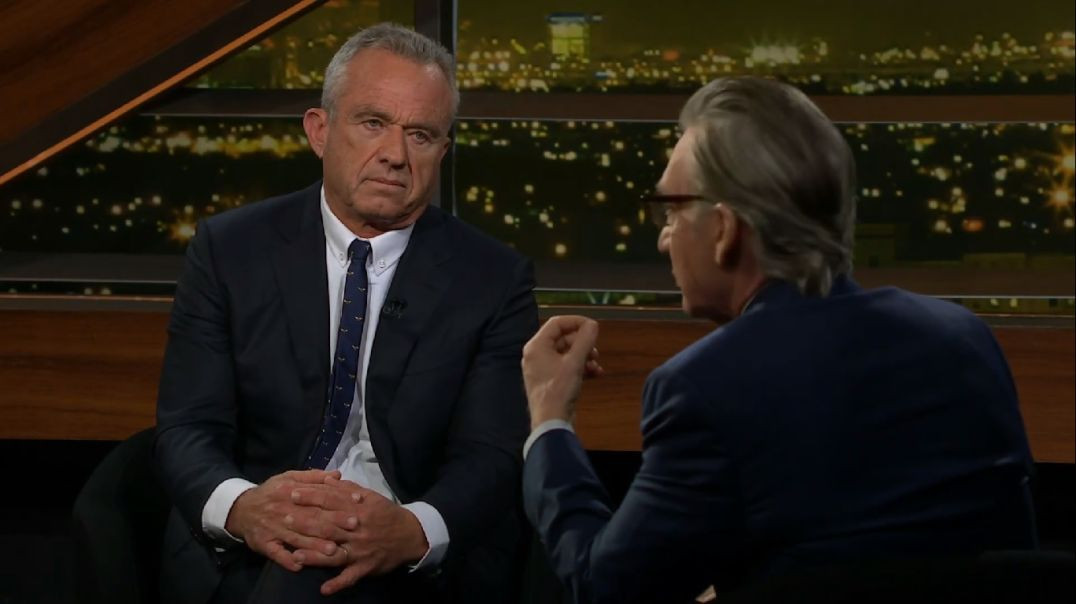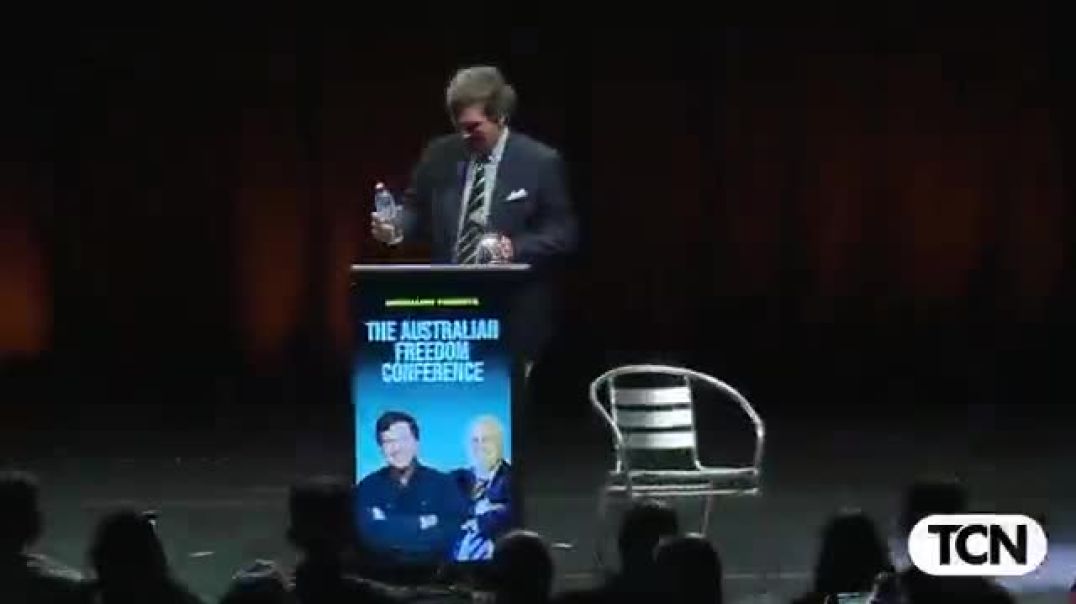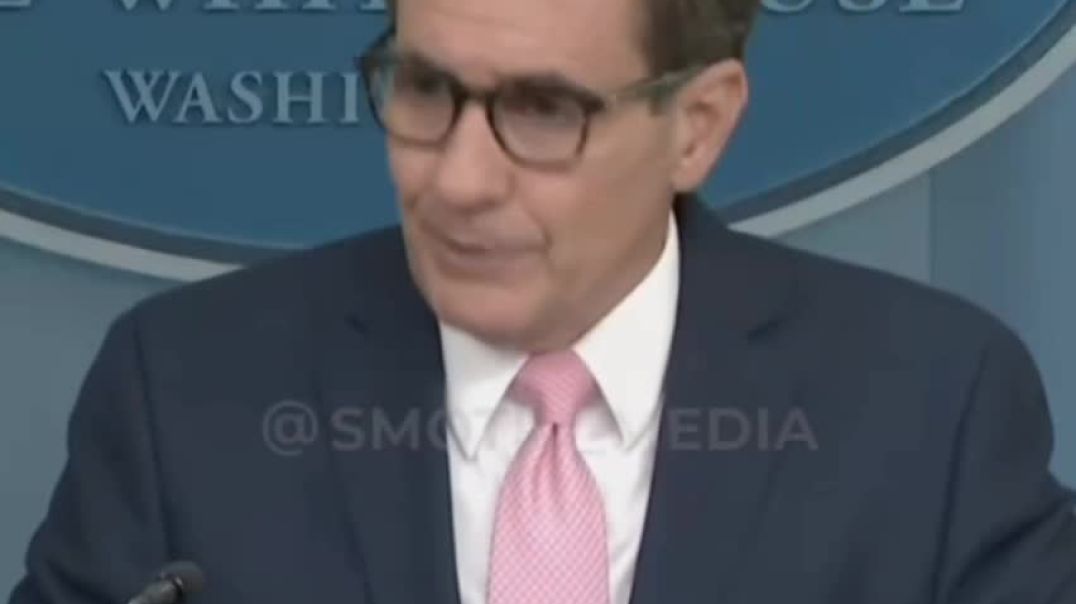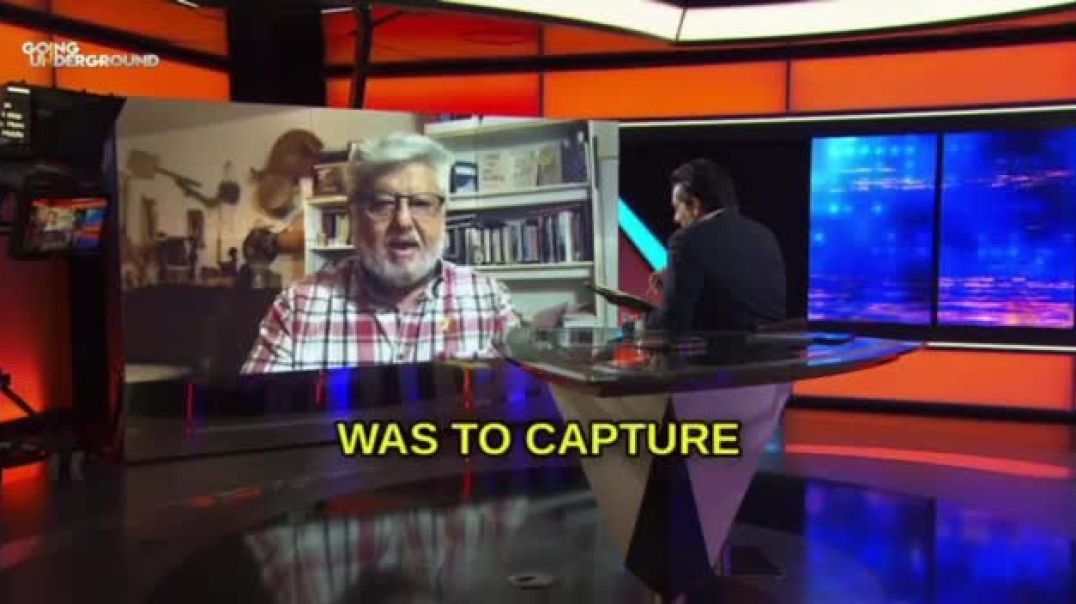Top videos
CLASSIC CARTOONS
CLASSIC CARTOONS
Elon Musk is currently the richest person in the world, and with that comes a lot of things he can get himself. But one thing he can’t buy is the affection of his children. With recent news of his daughter, Vivian choosing to sever legal ties with her father by changing her name to match her mother’s maiden name, it begs the questions of why his kids don’t seem to want anything to do with him.
It could be because, they can’t get behind the unconventional names he’s chosen for his two youngest kids, which are a moutfhul to get around. It could also be the impact Elon’s divorce from Justine Wilson had on their kids, they share 5 of Elon’s living 7 kids. But ultimately, it’s not hard to ignore the impact Elon’s childhood may have on his relationship with his children. Elon’s kids are some of the few celeb kids who choose to stay out of the spotlight, at least for his oldest. Could be because of their strained relationship with their father, or just because he’s Elon Musk. Despite the strain, Elon seems to be trying to make up for some lost time with his youngest children, maybe in hopes they’ll be the ones to get in on the family business. Some of his choices may seem odd or insensitive, and it’s not hard to see how that could trickle down to the relationship he has with his children. What do you think, are Elon Musk’s unique takes too much for his kids to handle? Let us know in the comments below, and be sure to like, share and subscribe to The Things Celebrity for more celeb news!
Subscribe: http://bit.ly/Subscribe-to-TheThingsCelebrity
00:00 Intro
00:22 Otherworldly Names
01:21 Tweeting
02:21 No time for baby stuff
03:11 Messy Divorce
04:07 Unusual Education
05:05 Protégé Training
05:54 Age Gap Siblings
06:40 Strained relationship with his dad
07:33 ‘Yes’ to adversity
08:16 Healthy eating
09:00 Outro
Our Social Media:
Facebook: https://www.facebook.com/TheThingscom/
Instagram: https://www.instagram.com/thethingsofficial_/
For more videos and articles visit:
https://www.thethings.com
Written by: Elizabeth Oloidi
Narrated by: LanessaVO
Edited by: Fabián T.
For copyright matters please contact us at: legal@valnetinc.com
CLASSIC CARTOONS
Meanwhile… Israel Violates Ceasefire with Iran – Tehran in Flames
Source: https://t.me/LauraAbolichannel/74418
Elon Musk Had Twins Last Year with Exec Shivon Zilis Just Weeks Before His & Grimes' Baby Was Born.
Elon Musk and Shivon Zilis, the project director at his Neuralink company, welcomed twins in November 2021, court documents reveal.
Zilis, who was born in Ontario, Canada, met Musk through OpenAI, the artificial-intelligence research-and-deployment nonprofit Musk cofounded in 2015, Insider reported.
She studied economics and philosophy at Yale where she also played goalie on the women's ice-hockey team.
Zilis is currently the director of operations and special projects for Neuralink and has been floated as one of the people Musk could tap to run Twitter Inc after his $44 billion deal acquisition.
In 2020, Zilis posted a tweet defending Musk on his decision to move Tesla out of California.
In 2015, Zilis was on Forbes' 30 Under 30 list in the venture-capital category and in 2017, got the chance to use her AI expertise at Tesla.
Just last year, Zilis posted a nod to Prince Harry's Silicon Valley startup with a throwback picture of the two of them from 2013 when she was asked to brief him on tech startups.
_____________________________________________
Everything to Know About Elon Musk's Family (He's a Dad of 10)
https://youtu.be/C9WNbOq-cG0
_____________________________________________
#elonmusk #shivonzilis #teslaceo #elonmuskchild #elonmusktwins #neuralink #neuralinkexecutive #elonmuskshivonzilis #shivonziliselonmusk #shivonzilisandelonmusk #elonmuskandshivonzilis #elonmuskshivonzilischild #grimes #elonmuskgrimes #elonmuskshivonzilistwins #elonmusksecretchild #elonmusksecretchildren #elonmusksecrettwins #elonmusknewchildren
#shivonzilishusband #shivonzilisbaby #shivonzilischildren #whoisshivonzilis #justintrudeau #justintrudeaushivonzilis #shivonzilisprinceharry #princeharryshivonzilis #shivonzilisjustintrudeau #elon #musk #shivon #zilis #grimeselonmusk #grimesandelonmusk #grimesreaction #elonmuskgrimes #elonmuskkids #elonmuskkid #grimesandelonmusk #elonmuskwife #elonmusknetworth #elonmusktotalmoney #tesla #teslaceo #spacex #spacexlive #spacexlaunch #elonmuskflamethrower #shivonzilisflamethrower
A Study by Pfizer Found that Australia’s Experimental Poison Jab Rollout Saved the Country 180 BILLI
A study by Pfizer found that Australia’s experimental poison jab rollout saved the country 180 BILLION DOLLARS…..
In damages.
You honestly couldn’t make this stuff up.
➖ARTICLES TO READ➖
https://threads.truthparadigm.news
➖VIDEO CREDITS➖
https://videocredits.truthparadigm.tv
➖
Proverbs 12:17: He Woke speaks truth declares righteousness,
But a false witness, deceit
➖
🧿 RELAY BY 🧿
■ http://truthparadigm.news
■ https://shows.truthparadigm.tv
➖
💎TREASURE💎
■ https://tinyurl.com/IvermectinResources
■ https://cspoa.org
■ https://www.j6truth.org/
■ https://thepatriotlight.com/
■ https://www.devolution.link
■ https://covid19criticalcare.com
■ https://reawakeningseries.com
■ https://ministry.truthparadigm.tv
■ https://ministry.truthparadigm.news
■ http://truthparadigm.net
➖
#VAShiva #DrShiva #TruthFreedomHealth #Bannon #ElonMusk #Government
Robert Kiyosaki: 2008 Crash Made Me Billionaire, Now 2023 Crash Will Make Me Even More Rich
The illegal trade of Ukrainian organs is flourishing. This explains why western "medics" are always so eager to extract wounded Ukrainian troops from the frontlines in state of the art "ambulances" supplied by western corporations.
Whilst the market for Ukrainian hearts, livers, kidneys and eyes is flourishing Ukrainian wives, mothers and children are demanding the bodies of their men, furious at the Zelensky regime which simply declares them MIA.
Zelensky will burn in hell for this.
Passeggiando per Roma
$2500-$5000 extra a month with AI help? Is it for real? Check out a demo account to see.
Australian National Review http://anrnews.com see home page top banner ad.
Israel's Ambassador to Australia accidentally admits that Israel "are NOT the victims" in this epic Freudian slip to the National Press Club of Australia
An infuriated Navalny supporter told Australian media today that anti-vaxxers & Putin supporters are "dangerous".
The Irony: Navalny had 5 Pfizer jabs because he refused to take the Russian Sputnik non MRNA vaccine and died of a sudden blood clot in the brain (stroke).
Watch Robert Kennedy Jr. Drop COVID Vaccine Truth Bombs on Bill Maher
• 25% of Americans believe they know someone who died because of the C19 shots
• 52% of Americans believe that the vaccines are causing injuries, including death.
• In Pfizer’s own trials, “people who got the vaccine had a 23% higher death rate from all causes at the end of that study.”
BILL MAHER: “But that [23% higher death rate] could not be the disease itself?”
KENNEDY: “If it is, then the vaccine doesn’t work, doesn’t it?”
Tucker Carlson's Last Speech in Melbourne, Australia after a 2.5 Week Tour of 7 Cities with up to 10,000 Attending in the Larger Cities
This is how they take your country away.
Source: https://x.com/TuckerCarlson/st....atus/180818603398235
The White House is Openly Admitting that US ATACMs Ballistic Missiles are being used to Strike Russi
The White House is openly admitting that US ATACMs ballistic missiles are being used to strike Russian targets in Crimea.
Not only does the White house admit this, but they are publicly gloating about it!
'Netanyahu did everything in his power to prevent a two-state solution from emerging...Israel refused to negotiate a two-state solution with Palestinians who wanted a two-state solution.'
-Former Israeli hostage negotiator Dr. Gershon Baskin slams Netanyahu's government and demands an inquiry not just into the events of October 7th, but into the actions of the Israeli government years before October 7th
FULL INTERVIEW: https://rumble.com/v57ul9h-ex-....israeli-hostage-nego
‘Israel is One of the MOST IMPORTANT Tools of US Empire’- Dr. Ghada Karmi on the Gaza Genocide
So long as you can point the finger of blame at an individual, in this case Netanyahu, or something called the Israel lobby, then in a way you are absolving the real culprits here which are the heads of the American🇺🇸 empire.'
-Palestinian Scholar Dr. Ghada Karmi on the US, UK and EU's complicity in Israel's crimes, on Saturday's edition of Going Underground
Source: https://t.me/goingundergroundRT/2465
FULL INTERVIEW: https://rumble.com/v5gjt62-isr....ael-is-one-of-the-mo
ICYMI: Tucker Carlson reacts to JD Vance’s debate performance against Tim Walz
“He did not allow the contemptible behavior of the moderators to infuriate him. He just kept going. I thought this was one of the coolest moments I’ve ever seen.”
According to the online betting app Polymarket, Governor Walz was tipped to prevail before the Vice Presidential Debate - however, in the end, it was Senator Vance who got the goods.
Source: https://t.me/rtnews/71335
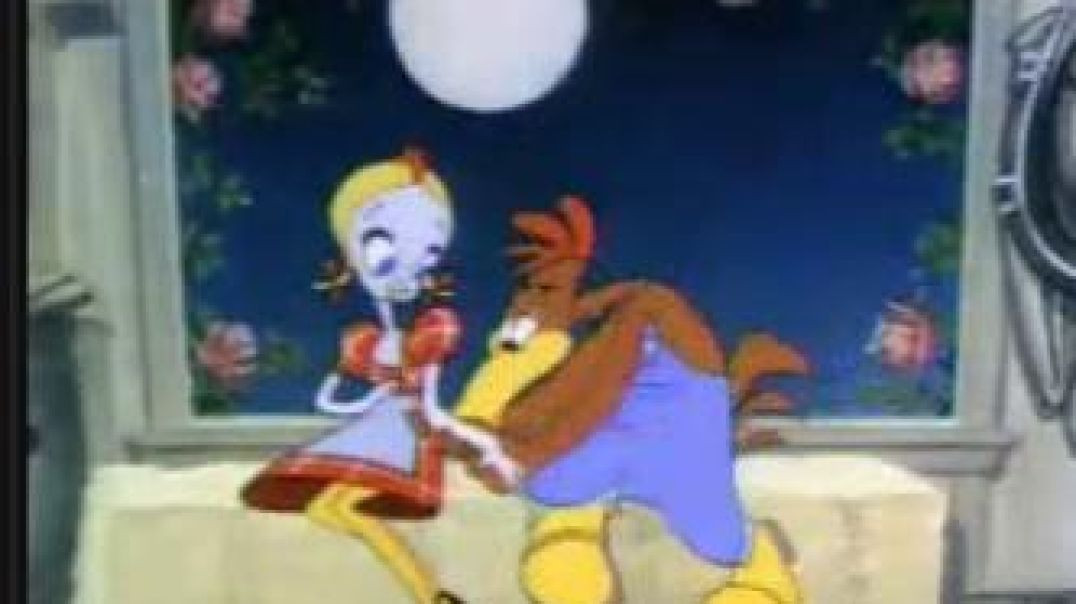
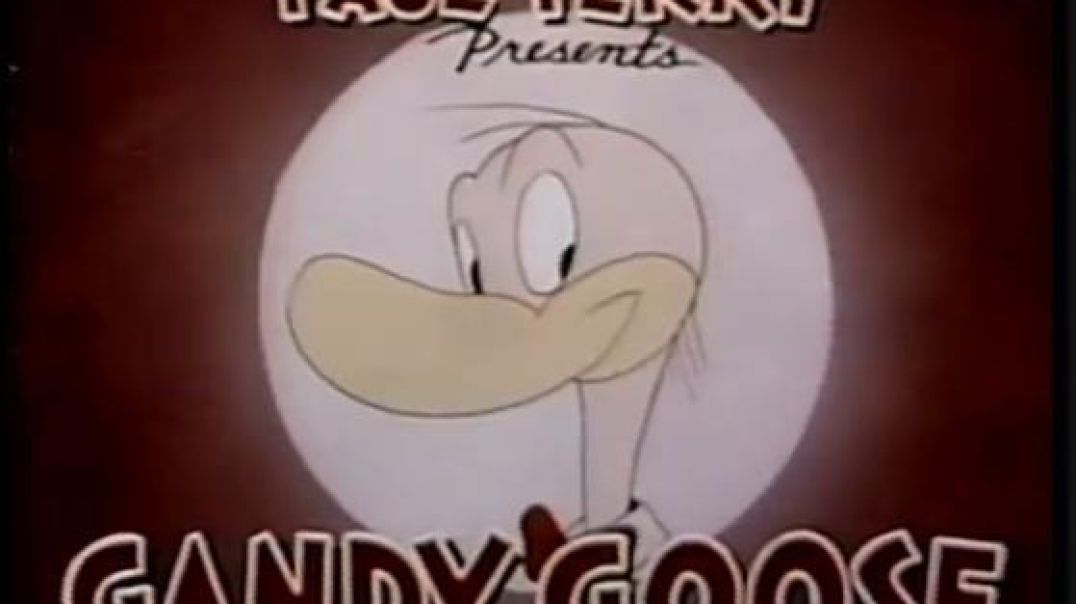

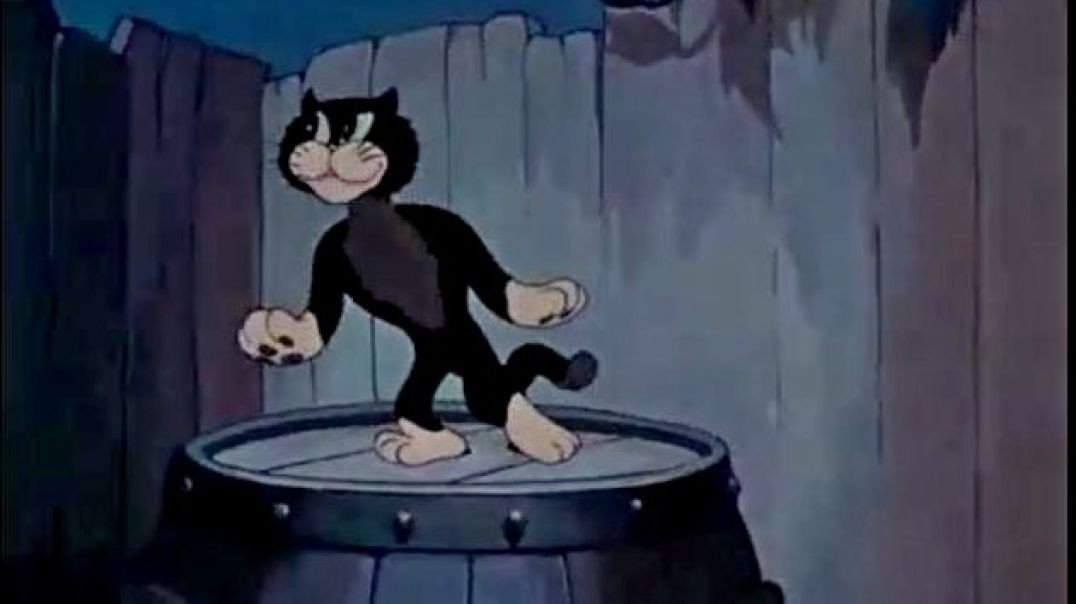



![Dr Shiva and Bannon about Government Agent Musk [MIRROR]](https://truthtube.video/upload/photos/2023/04/1H2XZYJBJOBWWYrbYXyA_15_88938fe703753988f3ccc769bf0fb685_image.jpg)
